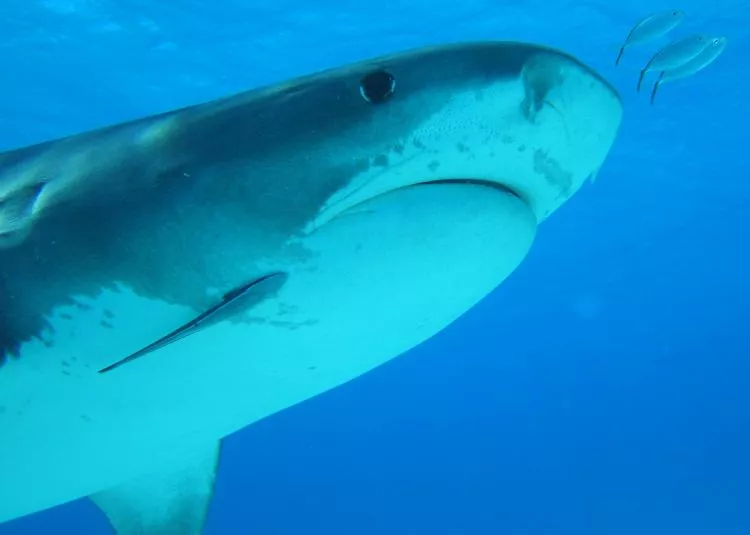COP14 Conference Concludes with Stronger Measures for Migratory Species Conservation
The 14th meeting of the Conference of the Parties (COP14) under the Convention on Migratory Species of Wild Animals was held from February 12 to the 17th. It marks a significant step towards the conservation of migratory species worldwide.
The conference commenced with the unveiling of the inaugural UN report on the State of the World’s Migratory Species. The report highlighted a concerning trend, revealing that 44% of the billions of animals undertaking migratory journeys across various terrains are experiencing a decline in their populations. Colmán Ó Críodáin, Head of Policy at WWF Wildlife Practice, emphasized the critical role migration plays in sustaining the planet's ecosystems and underscored the urgent need for enhanced conservation efforts.
One of the key achievements of COP14 was the incorporation of conservation priorities into the Kunming-Montreal Global Biodiversity Framework (GBF). The conference's theme, "Nature knows no borders," accentuated the importance of ecological connectivity, as well as diversity. The Global Partnership on Ecological Connectivity (GPEC), launched during the conference, aims to address this challenge collectively, recognizing the interconnectedness of habitats and the survival of species.
Rafael Antelo, leader of the Wildlife Connect Initiative, emphasized that achieving ecological connectivity is a global challenge requiring collaborative efforts. The partnership represents a significant stride towards impactful connectivity conservation.
The conference also addressed the alarming status of sharks and rays globally, adopting a resolution on Important Shark and Ray Areas. Parties agreed to support the identification of these areas for spatial planning and conservation, aligning with the Kunming-Montreal GBF. Furthermore, measures were adopted to enhance information, management, and conservation efforts for the globally caught Blue shark and the Critically Endangered Mediterranean Angelshark.
Notably, it advocated for strict protection for the sand tiger shark and Mediterranean populations of the blackchin guitarfish, bull ray, and Lusitanian cownose ray. Additionally, international cooperation was reinforced for the conservation of two giant South American catfish species.
COP14 expanded its Appendices to include various birds, mammals, and fish. In a move supported by jaguar range States, it introduced a new initiative focused on jaguar conservation. This initiative aims not only to contribute to in-country conservation efforts but also to foster collaboration with the Convention on International Trade in Endangered Species of Wild Fauna and Flora (CITES) and the Jaguar 2030 Roadmap. The adoption of these measures underscores the global commitment to safeguarding migratory species and promoting biodiversity conservation.




























